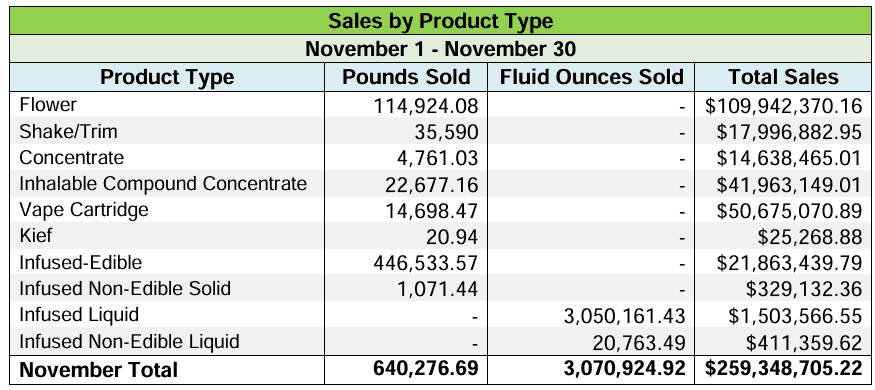Michigan’s cannabis market could face significant challenges due to the rapid rise of neighboring Ohio’s marijuana industry. Since recreational sales launched on Aug. 6, Ohio has seen a surge in demand, with shops reporting record-breaking volumes driven by enthusiastic locals and visitors from nearby states. This booming success may pose a threat to Michigan’s cannabis economy, which has long relied on out-of-state buyers, particularly from Ohio, according to the Michigan Chronicle.
Surge In Sales In Ohio
On day one, Ohio’s dispensaries saw massive sales, with profits exceeding market expectations, reaching an impressive $38.5 million in just the first two weeks after adult-use sales went online. While Ohio basks in the success of its newly legalized market, Michigan’s cannabis industry faces an uncertain future.

Michigan’s Cannabis Market At Risk
In Q2 2024, Michigan’s legal cannabis sales hit a record high of $837 million, making it one of the fastest-growing cannabis markets in the U.S. However, part of this growth has been driven by demand from out-of-state customers, particularly from Ohio, where cannabis was previously only available for medical use.
Monroe Township dispensaries, for example, reported that Ohioans accounted for up to half of their sales last year. Now, with Ohioans able to purchase cannabis at home, Michigan dispensaries, especially those near the state line, are bracing for a significant decline in revenue.
Impact On An Oversaturated Market
This situation is particularly concerning given Michigan’s already oversaturated market.
With around 750 licensed dispensaries, intense competition has driven prices down as businesses vie for customers. For smaller dispensaries, this has created a struggle to stay afloat, as low prices eat into profits and make it difficult to cover operating expenses. The loss of out-of-state customers could further destabilize the market, affecting not only businesses but also state-funded public projects reliant on cannabis tax revenue.
“Every state has a different set of structures and rules,” said Jason Erkes of Cresco Labs CRLBF, a Chicago-based company with dispensaries in Ohio. “Michigan is not a limited [cannabis] license state, which means that the state is really saturated with stores, and they’re competing against each other, driving the prices down, and a lot of businesses are failing.”
What Lies Ahead For Michigan’s Cannabis Market
Michigan’s lower prices might temporarily continue to attract some Ohio buyers, as Ohio’s market is still in its infancy with fewer dispensaries and higher prices. However, as Ohio’s market expands and more dispensaries open, Michigan’s advantage may quickly disappear.
The coming months will reveal just how much Ohio’s cannabis success will impact Michigan’s once-thriving industry, potentially reshaping the economic landscape for both states.
Michigan Border Dispensaries Not Worried
While Ohio sales are significant, the new south-of-the-border competition has gone mostly undetected by Michigan’s market, even among shops near the border that depend on sales to Ohio residents.
“At the moment, we’re not too worried about it,” said Camden Miller, a manager with the Pinnacle Emporium located along the Ohio border in Lenawee County’s Morenci. “The supply and demand isn’t there yet in Ohio, and just like Michigan … until you get it oversaturated, you’re not going to see prices come down.
“Within the next few years, I’m sure it will start having more of an impact.”
Ohio budgeters predict Ohio marijuana sales will approach $1.5 billion in the first year and capture nearly $150 in new excise taxes.
There are only a few Ohio shops open within a 30-minute drive from the Michigan border — two in Toledo, Ohio, and one in Bowling Green, Ohio — but the state’s Department of Cannabis Control plans to allow more stores to open in the future.
In the meantime, Miller said Ohio residents seem willing to continue driving further for the deals and selection available in Michigan.
A large percentage of Pinnacle Emporium’s business comes from outside Michigan, including Ohio, with customers often “stocking up” and placing orders averaging over $100 and sometimes approaching $1,000.
Miller said stores in Ohio are selling 1/10 of an ounce (1.6 grams) of flower for nearly $50.






